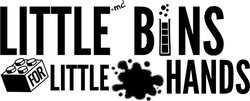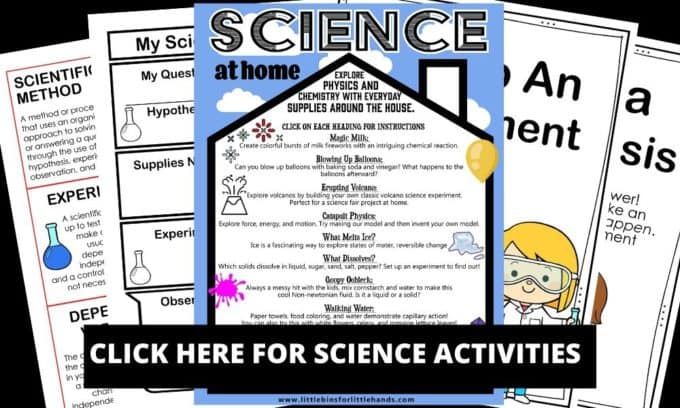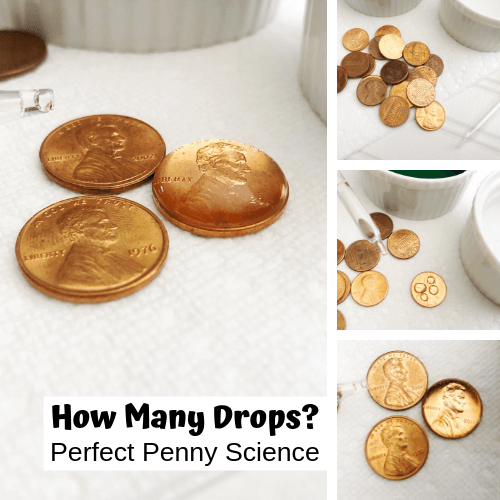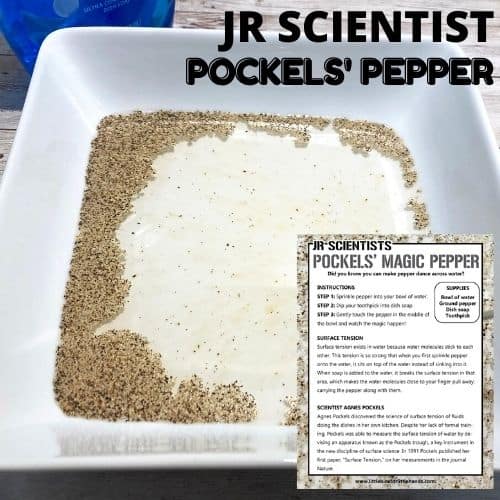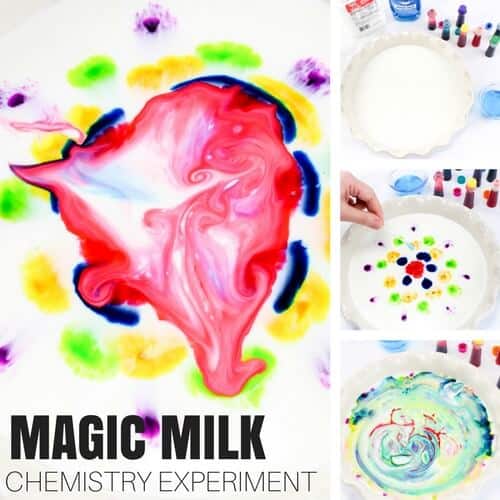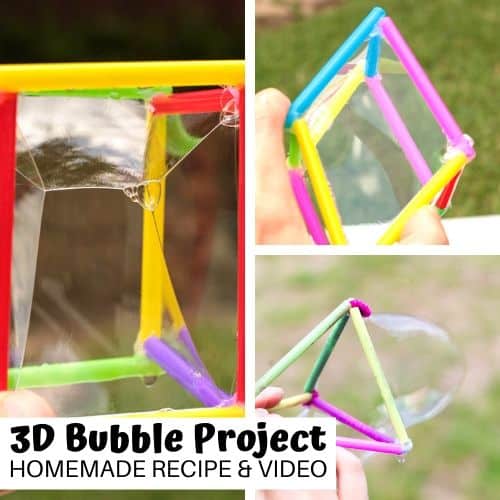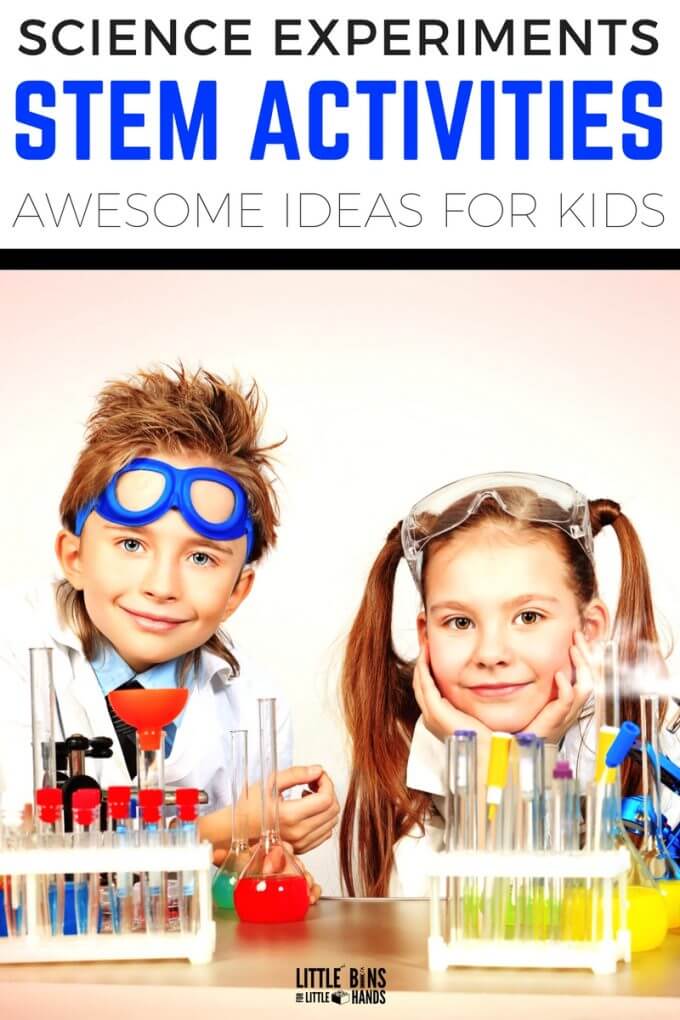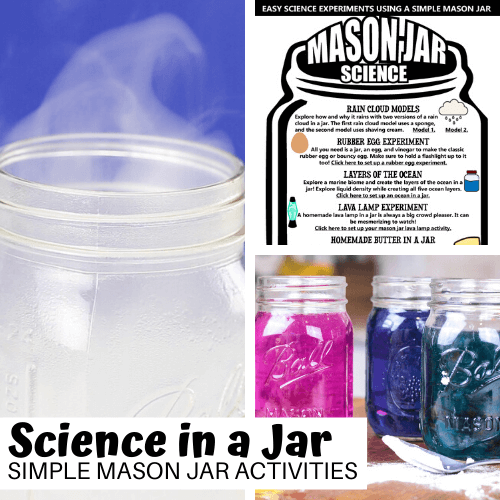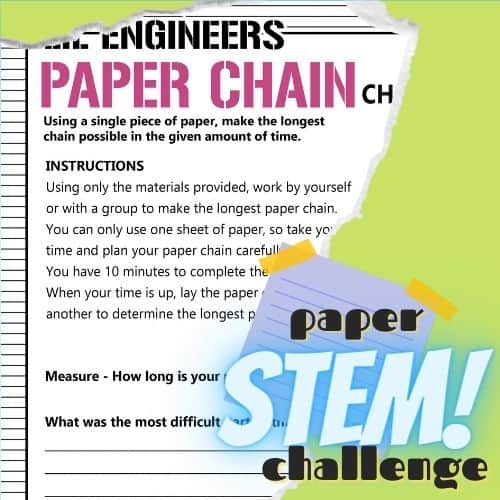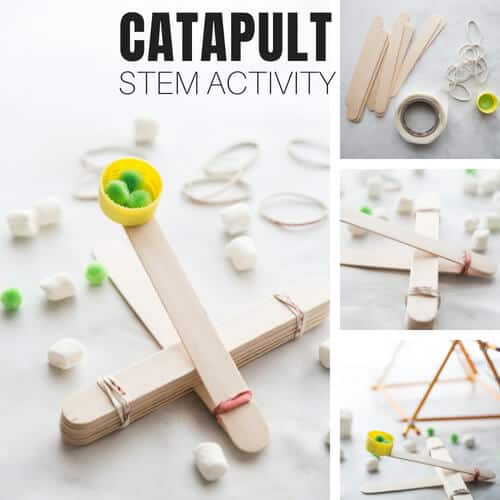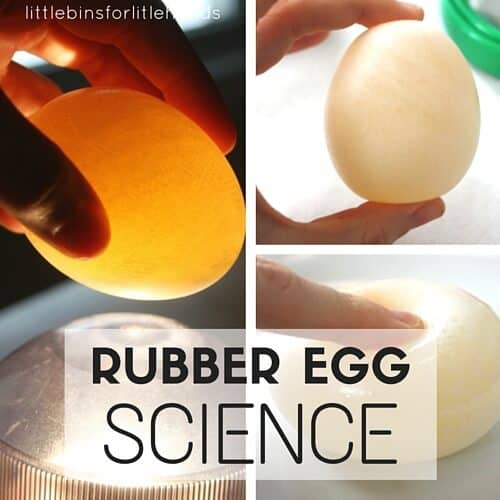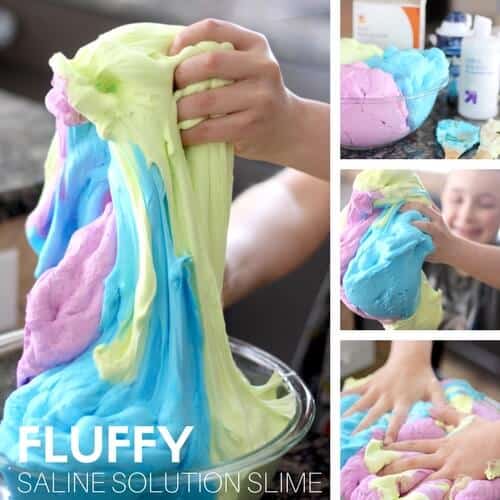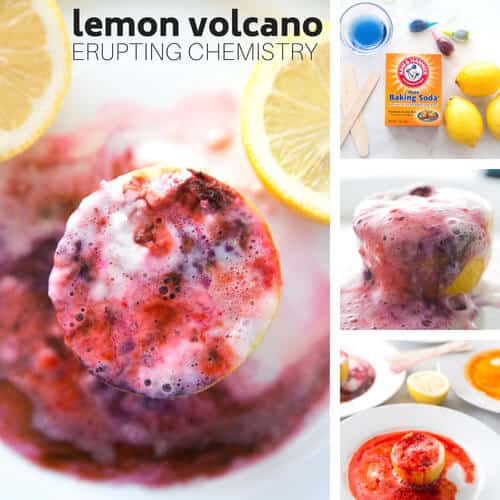Physics activities can be absolutely hands-on and engaging for kids. Learn what the surface tension of water is with our simple definition below. Plus, check out these fun surface tension experiments to try at home or in the classroom. As always, you’ll find fantastic and easy to do science experiments at the tip of your fingers.
EXPLORE SURFACE TENSION FOR KIDS
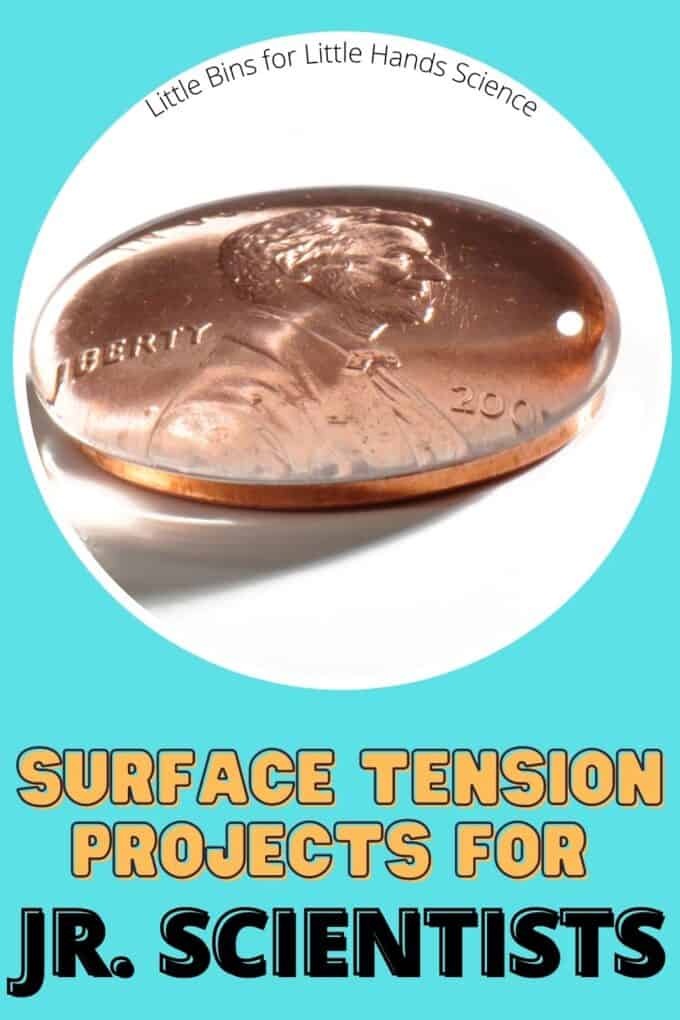
What is surface tension of water?
Surface tension exists on the surface of water because water molecules like to stick to each other. This force is so strong that it can help things sit on top of the water instead of sinking into it. Like our pepper and soap experiment below.
It is the high surface tension of water that allows a paper clip, with much higher density, to float on water. It also causes drops of rain to stick to your windows, and is why bubbles are round. Surface tension of water also helps propels water-striding insects on the surface of ponds.
Also learn about capillary action!
Scientist, Agnes Pockels discovered the science of surface tension of fluids simply doing the dishes in her own kitchen.
Despite her lack of formal training, Pockels was able to measure the surface tension of water by designing an apparatus known as the Pockels trough. This was a key instrument in the new discipline of surface science.
In 1891, Pockels published her first paper, “Surface Tension,” on her measurements in the journal Nature.
Click here to get your free printable science experiments pack!
What is the scientific method?
The scientific method is a process or method of research. A problem is identified, information about the problem is gathered, a hypothesis or question is formulated from the information, and the hypothesis is put to test with an experiment to prove or disprove its validity. Sounds heavy…
What in the world does that mean?!? The scientific method should simply be used as a guide to help lead the process.
You don’t need to try and solve the world’s biggest science questions! The scientific method is all about studying and learning things right around you.
As kids develop practices that involve creating, gathering data evaluating, analyzing, and communicating, they can apply these critical thinking skills to any situation. To learn more about the scientific method and how to use it, click here.
Even though the scientific method feels like it is just for big kids…
This method can be used with kids of all ages! Have a casual conversation with younger kiddos or do a more formal notebook entry with older kiddos!
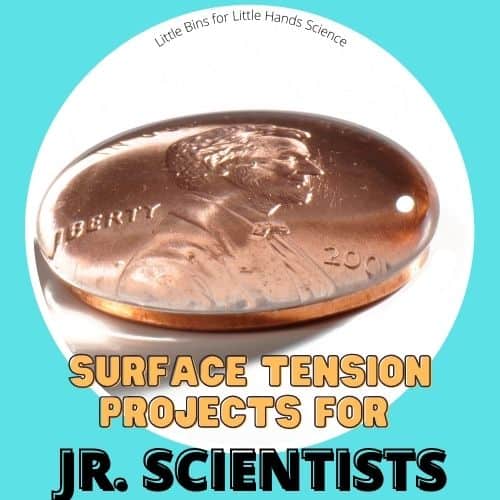
Surface Tension Experiments
Here are some fun ways to demonstrate the surface tension of water. Plus, all you need is a handful of common household supplies. Let’s play with science today!
Bubble Snakes
Find out how you can blow up a gigantic bubble snake all with the help of surface tension.
Drops Of Water On A Penny
A fun science activity with pennies and water. How many drops of water do you think you can get on a penny? The results might surprise you and all because of surface tension!
Floating Paperclip Experiment
How do you make a paperclip float on water? Learn about surface tension of water, with a few simple supplies.

Magic Pepper and Soap Experiment
Sprinkle some pepper in water and make it dance across the surface. Learn about the surface tension of water when you try this fun pepper and soap experiment with kids.
Magic Milk Experiment
Try this color-changing milk and soap experiment. Similar to water, the dish soap breaks the surface tension of the milk, allowing the food coloring to spread out.
Geometric Bubbles
Explore surface tension while you blow bubbles! Make your own homemade bubble solution too!
PAPER CLIPS IN A GLASS
How many paper clips fit in a glass of water? It’s all to do with surface tension!

BONUS: WATER DROP PAINTING
Not an experiment as such but still a fun activity that combines science and art. Paint with water drops using the principle of surface tension of water.
FUN SURFACE TENSION SCIENCE FOR KIDS
Click on the image below or on the link for tons more cool kids science experiments.
